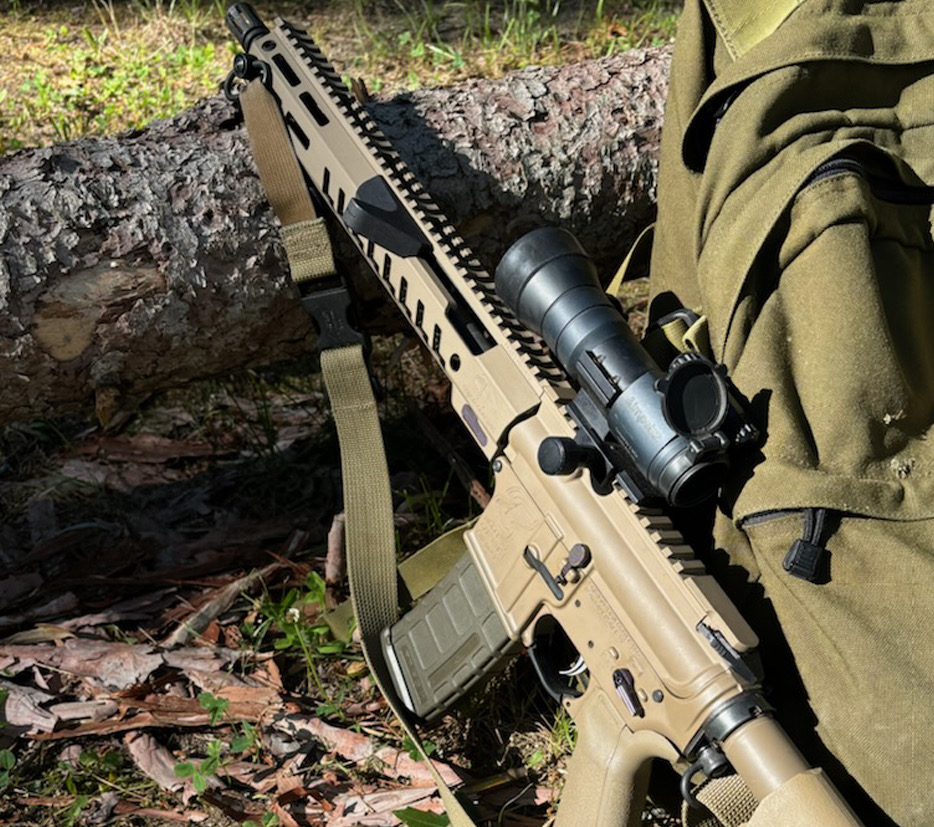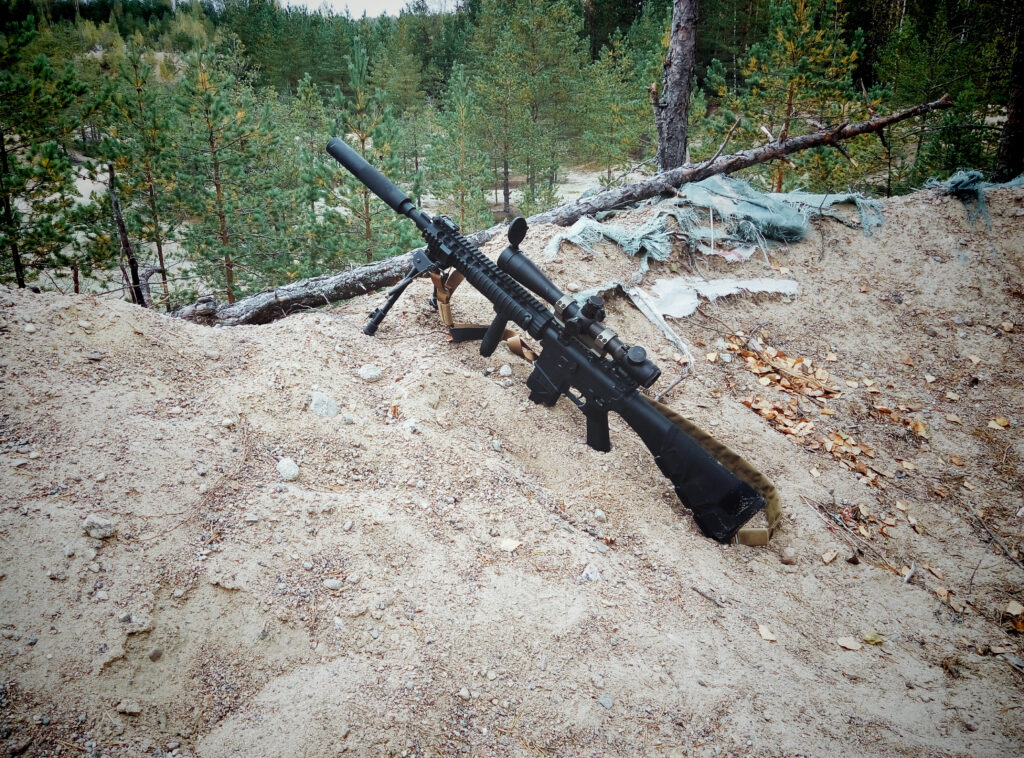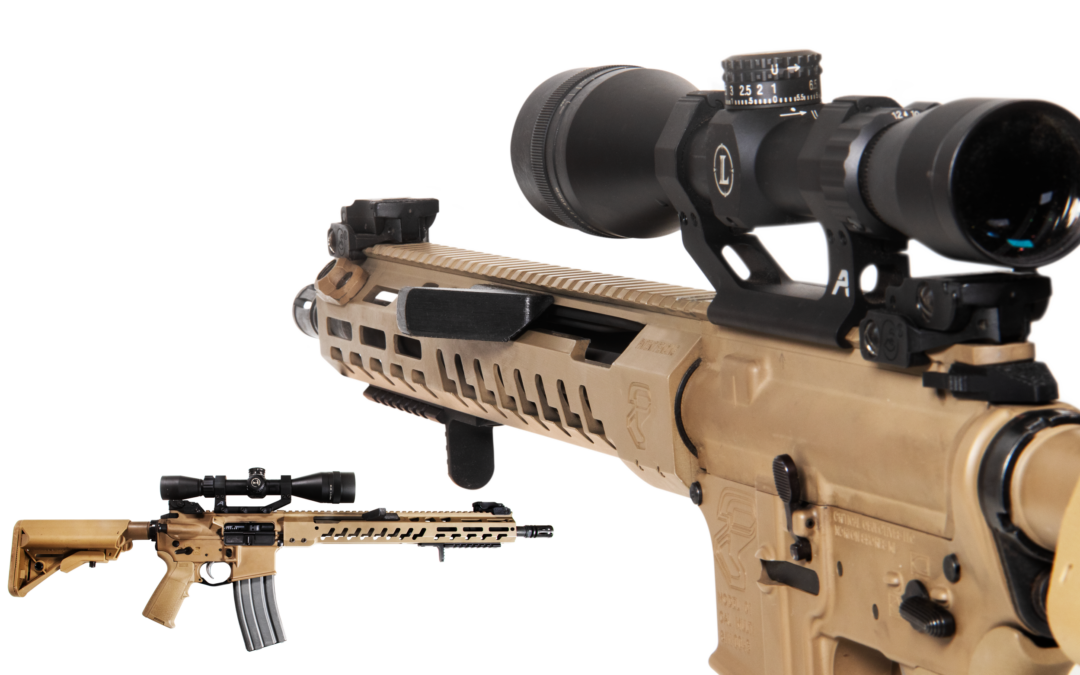The AR-15 stands as both a precision tool and a mirror of human decision-making. It reveals how craftsmanship, economics, and psychology intersect when people must choose between paying for reliability up front or learning through the process of gradual improvement.
Framing the Question
The dilemma is deceptively simple: should one pay more up front for a rifle that performs without issue, or opt for a cheaper version and improve it piece by piece?
The material dimension focuses on machining, metallurgy, and tolerance. These dictate mechanical integrity and performance life. The economic dimension evaluates the balance between initial price and long-term cost in maintenance, replacement parts, and resale. The psychological dimension recognizes that a rifle can be a project as much as a product, a means of self-education, pride, and experimentation.
Seen through the Critical Objectives lens, this is not only about firearms. It is about how humans balance curiosity against certainty, and permanence against convenience.

The Anatomy of Meaningful Differences
Mechanics transform abstract decisions into visible outcomes. Each design decision directly shapes how the rifle behaves.
- Barrel metallurgy and manufacturing: The type of steel, rifling consistency, and heat treatment determine precision and lifespan. Poor barrel work shortens life and widens shot patterns.
- Gas system geometry and timing: Port size, carrier weight, and buffer configuration decide how the action cycles. Errors here cause short-stroking, harsh recoil, or accelerated wear.
- Bolt carrier group construction: Proper gas key staking, correct headspace, and a durable finish reduce malfunctions and ease cleaning.
- Trigger design: Smooth, predictable engagement promotes accuracy. Rough or inconsistent triggers undermine control.
- Receiver fit: The connection between upper and lower receivers affects stability and the feeling of structural coherence.
When these details are properly executed, the rifle behaves as a single, stable instrument. When they are ignored, it becomes a puzzle of mismatched parts.
Economics of the Two Paths
Two philosophies define most AR-15 decisions.
- The premium path accepts a higher initial cost for tighter tolerances, consistent performance, and reliable service life. It typically reduces malfunctions and preserves resale value.
- The budget path lowers the entry barrier and offers room for experimentation. It spreads costs over time but requires patience, maintenance, and a willingness to troubleshoot.
Both approaches are legitimate when aligned with purpose. A rifle meant for duty or defense benefits from investment in precision parts and assembly. A rifle intended for range work or education provides satisfaction through gradual mastery. Purpose defines the value of each dollar spent.
The Learning Curve and Experiential Value
Starting with a modest rifle is not failure but apprenticeship. Replacing a buffer, tuning a gas system, or swapping a trigger teaches the fundamentals of mechanical behavior. The hands-on process creates confidence that cannot be purchased.
Those who enjoy discovery gain the most from this route. Those who prioritize readiness and consistency benefit more from paying for reliability at the outset. Both paths reward different instincts, and both build a genuine relationship between owner and machine.
Practical Guidance for Buyers and Builders
A structured approach prevents regret and wasted expense.
- Define mission and expectations.
- Rifles used for protection or professional work should begin with proven components and reputable assembly.
- Recreational or learning-focused rifles can safely trade perfection for lower cost.
- Prioritize the barrel and bolt carrier group.
- These parts establish accuracy and reliability; cosmetics come later.
- Inspect the gas system and buffer design.
- Proper tuning ensures smooth cycling and long-term reliability.
- Evaluate the trigger.
- Select a design that complements intended use and comfort.
- Confirm warranty and support.
- Reliable manufacturers back their products and supply parts.
- Budget for optics and magazines.
- Feeding and sighting systems affect performance more than accessories.
- Plan an upgrade timeline.
- If starting with a budget rifle, schedule logical replacements instead of reacting to frustration.
These steps anchor the purchase in purpose and minimize the risk of disappointment.
Patterns Observed in Practice
Field reports and long-term ownership accounts reveal consistent truths.
- Shooters seeking accuracy prioritize barrels built with consistent metallurgy and machining.
- Most failures in inexpensive rifles trace to gas system tuning and buffer mismatches.
- The AR-15 community divides between those who build to learn and those who buy to use. Each accepts a distinct rhythm of maintenance, cost, and satisfaction.
These outcomes are predictable rather than moral. They simply express differing priorities and temperaments.

Ethics, Identity, and Consumer Taste
Each rifle purchase communicates values about permanence, resource use, and craftsmanship.
- Permanence versus iteration: A durable build commits resources now to reduce replacement later. Incremental builds support experimentation but can reflect disposable habits.
- Status and signaling: Brand reputation and component pedigree serve as markers of experience and belonging.
- Skill retention: Building preserves mechanical literacy and self-reliance in a culture increasingly dependent on outsourcing repair.
In this way, the AR-15 serves as a small-scale model of modern consumer behavior, showing how the pursuit of quality intersects with identity and responsibility.
Reliability, Craft, and the Cost of Understanding
A well-built rifle delivers trust and predictability through thoughtful engineering. Every well-machined surface and properly fitted part reflects a choice to value time and dependability. The owner who begins here avoids most of the interruptions that plague lesser builds.
A more modest rifle, however, offers a slower and more personal education. Each upgrade, each replaced spring or tuned gas port, becomes a practical lesson in how design decisions shape outcomes. This version of ownership trades convenience for comprehension and often leaves the owner with a deeper respect for the mechanics behind reliability.
Both routes reveal something fundamental about craftsmanship and patience. Dependability and understanding are different expressions of the same respect for the machine. In the end, the AR-15 shows that quality is not a matter of luxury but of intent, the deliberate pursuit of precision, endurance, and honest design.

